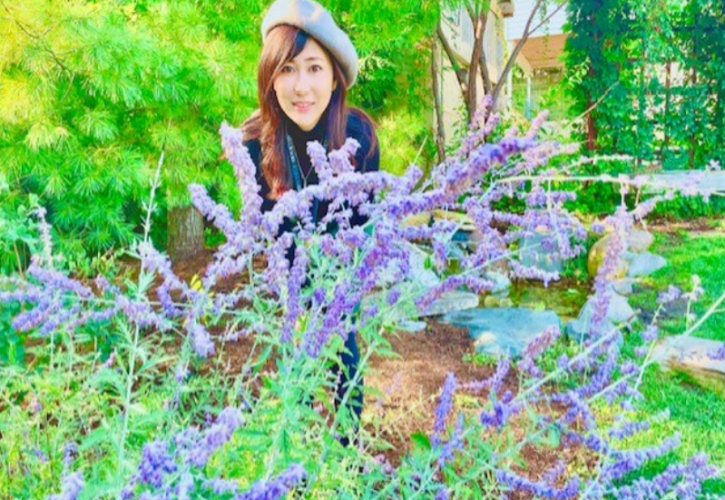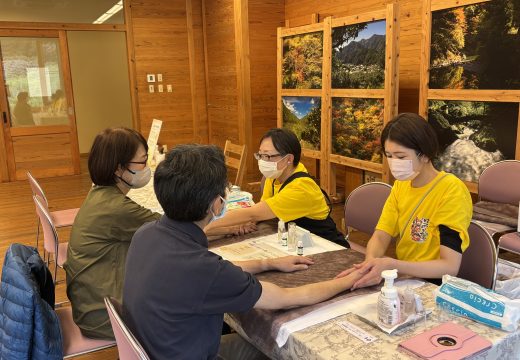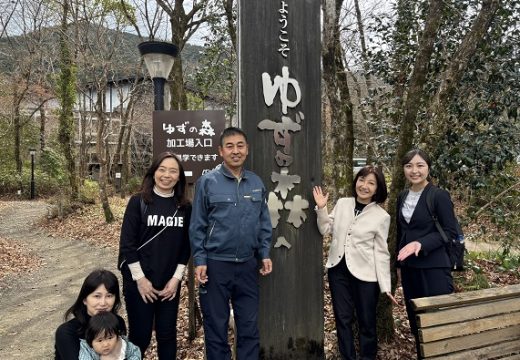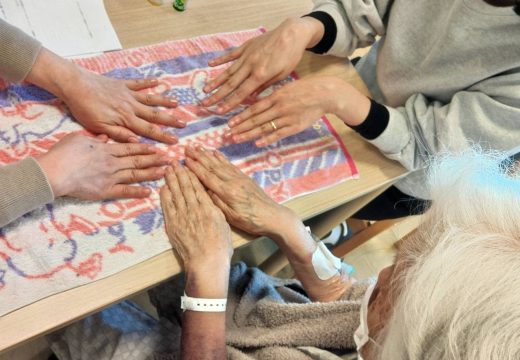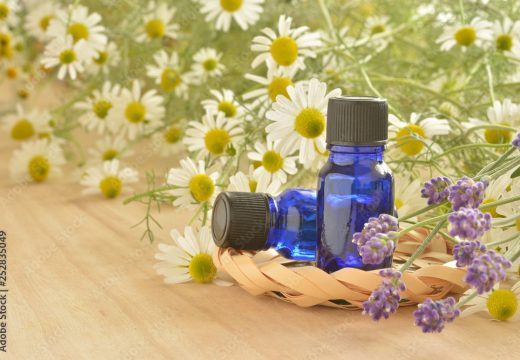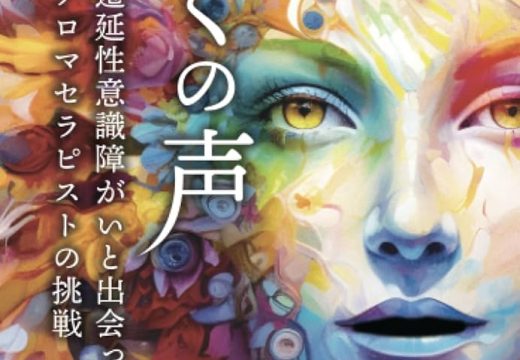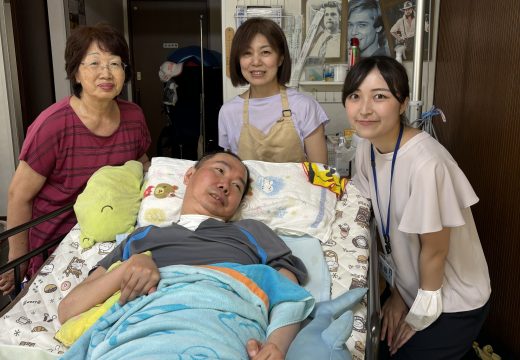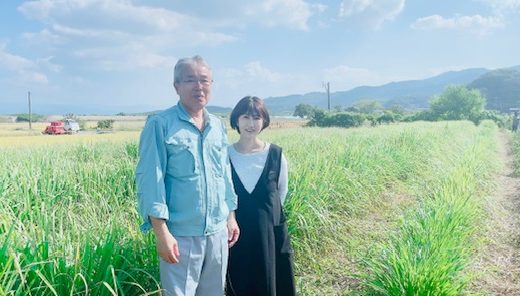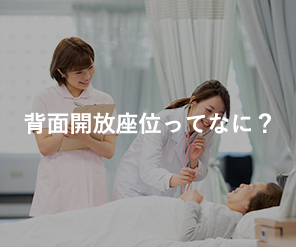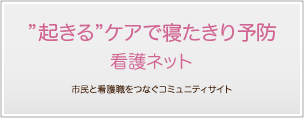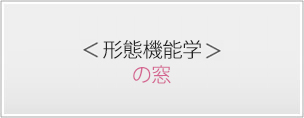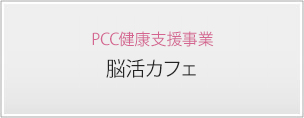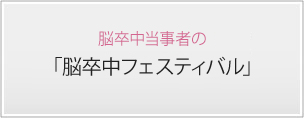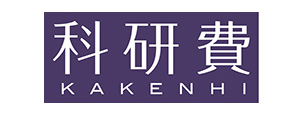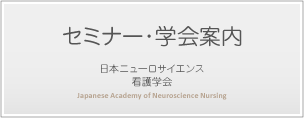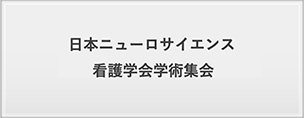あっという間に年末ですね。青山です。
今年はどんな一年でしたか?気持ちが落ちこんでしまった方も、疲れ果てた方も、来年にはたくさんの幸福が訪れることを祈っております。
今日は癒しのラベンダーについて関連したご報告です。
2022年9月にカナダ トロントで行われた痛みの専門家が集まる世界最大の学術総会(the 19th IASP World Congress on Pain)に参加し、アロマセラピーによる慢性疼痛の緩和に関する調査結果について発表してきました。

カナダの病院視察におけるアロマセラピーについて皆さんに共有しますね。カナダで多く栽培されているラベンダーが医療・介護施設でも多く活用されていました、ディフューザーやトリートメントで使用する方法は日本と同じ点ですが、ERやICUなど急性期にも入っていたこと、そして対象も熱傷や未熟児など対象の幅が広いことが違いを感じました。また、しびれや痛みを感じる患者に疼痛緩和にアロマセラピーを使用していたので、改訂された痛みの定義が医療現場に反映されていることを感じさせられました。

ラベンダー精油を「原液」で側頭部にやさしくタッチして利用するなどの日本の病院においてみられない手法もあった。ちなみに、これは皆さんが知っているフローレンス・ナイチンゲールと同様の手技であることに気付いたでしょうか?ナイチンゲールはエッセンシャルオイルを使用した最初の看護師ですが、ラベンダー精油を心の鎮静目的でERで実施しており、その様子が現代のナイチンゲールのようで印象的であった。ここでも体と心の結び付くケアがうかがえました。
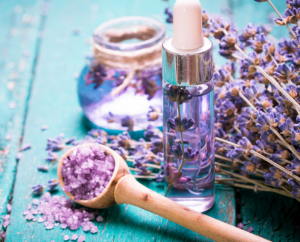
日本では対象が患者が多いですが、視察した病院では医療者が対象になるシステム作りもありとても印象的でした。患者の緊急事態時に用いられる救急コール、コードブルーのように「Code Lavender」という取り組みが存在します。これは、過度のストレスや精神的に疲れ果てた看護師を支援するためのサポートプログラムで、看護師が 「Code Lavender」 を要請すると、牧師、医師、看護師など特別なチームがholisticなサポートとして心身を疲労した看護師に寄り添い、lavender essential oil aromatherapyが施されている病院もありました。
現地の看護師から「日本は『Life for work』、仕事のための人生、カナダは『Work for life』人生のための仕事」と言われ、残業のなさや引継ぎの短縮、仕事中のティータイムなどがあり、看護職の働き方についても考えさせられました。国際的に提言されている「Nurse wellness(看護師の健康)and resilience(回復)is a priorit(重要事項)」の通り、患者へあたたかい看護を提供するためには看護師に対する心身のケアや看護師同士の良いケアにも欠かせない。患者の病を癒すこと、看護する医療従事者を疲労から解放することの双方にアロマセラピーが有用である。アロマセラピーを看護として取り入れていくためには全ての看護師が心を整えていくことが大切であると感じます。
今回の IASP開催地であるカナダは国旗が示すように楓が有名であるが、ラベンダーも広く栽培されており、とくにオンタリオ州のラベンダー畑はtrue blueと呼ばれる美しい花の色の絨毯が広がり、刈る時にはトラクターで一気に採取していく際には、呼吸をするたびにその香りに癒されます。
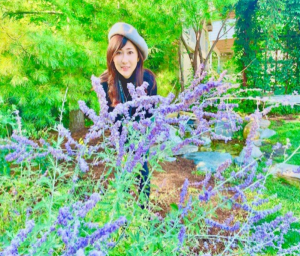
興味深かったのは“ナイアガラ滝”近くで育つラベンダーを使用していて、他の地域で栽培・収穫されるラベンダーに比べて、現地では重宝されていることであった。成分でも酢酸リナリルやリナロールの含有率が高く、鎮静作用の高さを感じました。現地の看護師さんからも「街中そこらじゅうにラベンダーが咲いていて歩くた

★★
It’s the end of the year, isn’t it? I’m Aoyama. What kind of year was this year? Whether you are depressed or exhausted, I wish you much happiness in the coming year. Today is a report related to healing lavender. In September 2022, I participated in the 19th IASP World Congress on Pain, the world’s largest academic conference where pain specialists gather in Toronto, Canada, and presented the results of a survey on the relief of chronic pain by aromatherapy. . I would like to share with you about aromatherapy in a Canadian hospital visit. Lavender, which is widely grown in Canada, was also used in medical and nursing care facilities. I felt the difference in the wide range of subjects such as burns and premature babies. I also used aromatherapy for pain relief for patients who felt numbness and pain, so I felt that the revised definition of pain was reflected in the medical practice. There was also a technique that is not seen in Japanese hospitals, such as gently touching the temporal region of the lavender essential oil “undiluted”. By the way, did you notice that this is a procedure similar to that of Florence Nightingale that you all know? Nightingale was the first nurse to use essential oils. Lavender essential oil was used in the ER for the purpose of calming the mind, and it was impressive that she was like a modern nightingale. Here again, we could see the care that connects the body and the mind. In Japan, the target audience is mostly patients, but I was very impressed by the fact that the hospitals I visited have created a system that targets medical personnel. There is an initiative called “Code Lavender” like Code Blue, an emergency call used in patient emergencies. This is a support program to help nurses who are overly stressed or mentally exhausted. When nurses request “Code Lavender,” a special team of pastors, doctors, and nurses provide holistic support. There was also a hospital where lavender essential oil aromatherapy was given to the physically and mentally exhausted nurses. A local nurse said, “Japan is ‘life for work,’ and Canada is ‘work for life.'” And so on, it made me think about how to work as a nurse. According to the internationally recommended “Nurse wellness and resilience is a priority”, in order to provide warm nursing care to patients, physical and mental care and nursing care for nurses are essential. It is also essential for good care between teachers. Aromatherapy is useful both in curing the sickness of patients and in relieving fatigue of healthcare workers who care for them. I feel that it is important for all nurses to prepare their minds in order to incorporate aromatherapy as nursing. Canada, the host of this year’s IASP, is famous for its maple trees, as indicated by its national flag, but lavender is also widely cultivated. Sometimes, when collecting all at once with a tractor, the scent heals you every time you breathe. What was interesting was that the lavender grown near Niagara Falls was used, and compared to lavender cultivated and harvested in other areas, it was more useful locally. Among the ingredients, the content of linalyl acetate and linalool is high, and I felt that it has a high sedative effect. A local nurse also said, “It’s a wonderful place with lavender blooming all over the city and the scent coming out every time you walk.”

